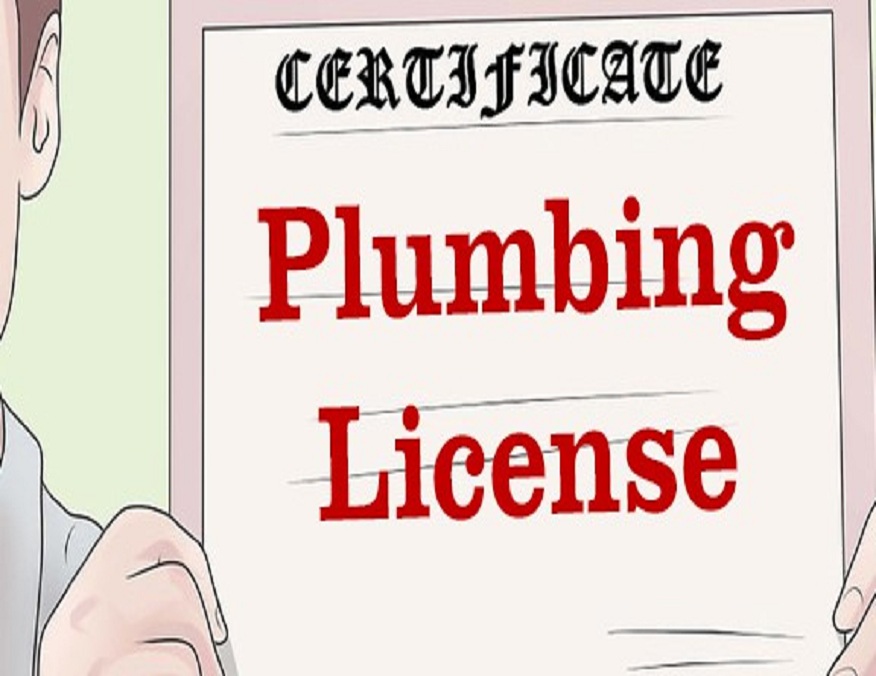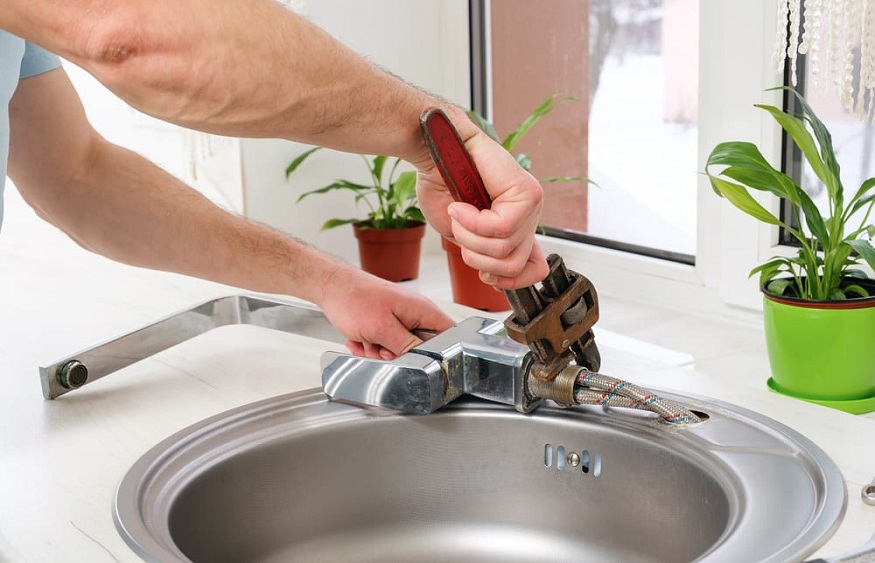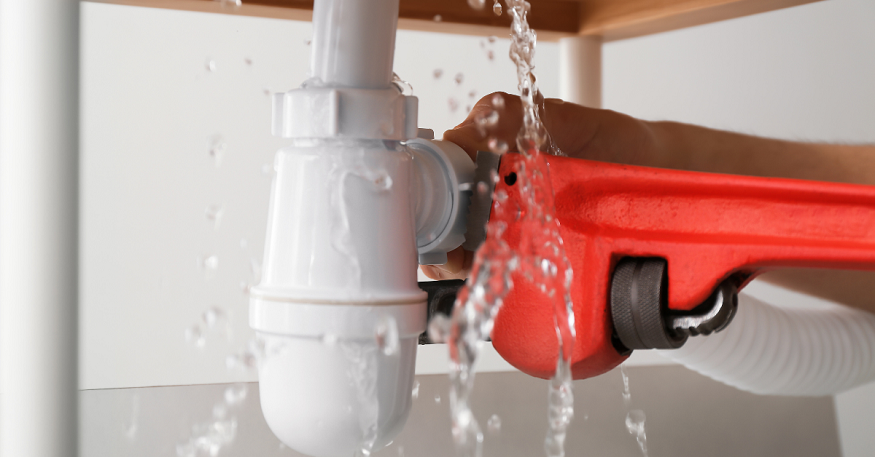Becoming a licensed plumber not only validates your expertise and skills but also opens doors to new career opportunities and professional growth. From fulfilling educational requirements to gaining practical experience and passing rigorous exams, each step plays a crucial role in your journey toward becoming a licensed plumber.
Let’s dive into these ten essential pathways that will guide you on the path to achieving your goal of obtaining a plumbing license.”
1. Research your local requirements
Contact the relevant licensing board or regulatory agency in your area to understand the specific requirements for obtaining a plumbing license. They will provide you with information on the qualifications, exams, and application process.
2. Meet the eligibility criteria
Typically, you’ll need to meet certain criteria to be eligible for a plumbing license. This may include completing a minimum level of education (such as a high school diploma or equivalent), having a certain amount of work experience as an apprentice or journeyman plumber, and being of a specific age (usually 18 or older).
3. Gain practical experience
In many jurisdictions, you’ll need to complete a specific number of hours as an apprentice or journeyman plumber before applying for a license. Seek out apprenticeship programs or work under a licensed plumber to gain the necessary practical experience.
4. Complete required education and training
Some jurisdictions require completion of a plumbing training program or specific courses related to plumbing. These programs can be offered by trade schools, community colleges, or vocational institutions. Ensure that you meet any educational requirements set by the licensing board.
5. Prepare for and pass the licensing exam
Licensing exams are typically designed to assess your knowledge of plumbing codes, regulations, safety practices and technical skills. Obtain study materials or enroll in exam preparation courses to help you adequately prepare. Once you feel ready, schedule and take the exam.
6. Submit your application
After passing the exam, you’ll need to complete an application for a plumbing license; see here https://plumbingjobs.com/plumbing-license/. The application will require you to provide personal information, documentation of your education and work experience, proof of passing the exam, and any other required materials.
7. Background check and fingerprinting
In some jurisdictions, a background check and fingerprinting may be necessary to ensure you have a clean record. Follow the instructions provided by the licensing board to complete this step, if applicable.
8. Obtain liability insurance (if required)
Depending on your location, you may need to provide proof of liability insurance coverage as part of the licensing process. Contact insurance providers to obtain appropriate coverage.
9. Attend an interview (if required
In certain cases, you may be required to attend an interview with the licensing board or regulatory agency. Be prepared to discuss your qualifications and answer any questions they may have.
10. Renew and maintain your license
Once you obtain your plumbing license, you will likely need to renew it periodically, typically annually or biennially. Stay informed about any continuing education requirements or other obligations to maintain your license in good standing.
With a plumbing license in hand, you can showcase your expertise, provide reliable plumbing services, and embark on a rewarding career in the plumbing industry.




